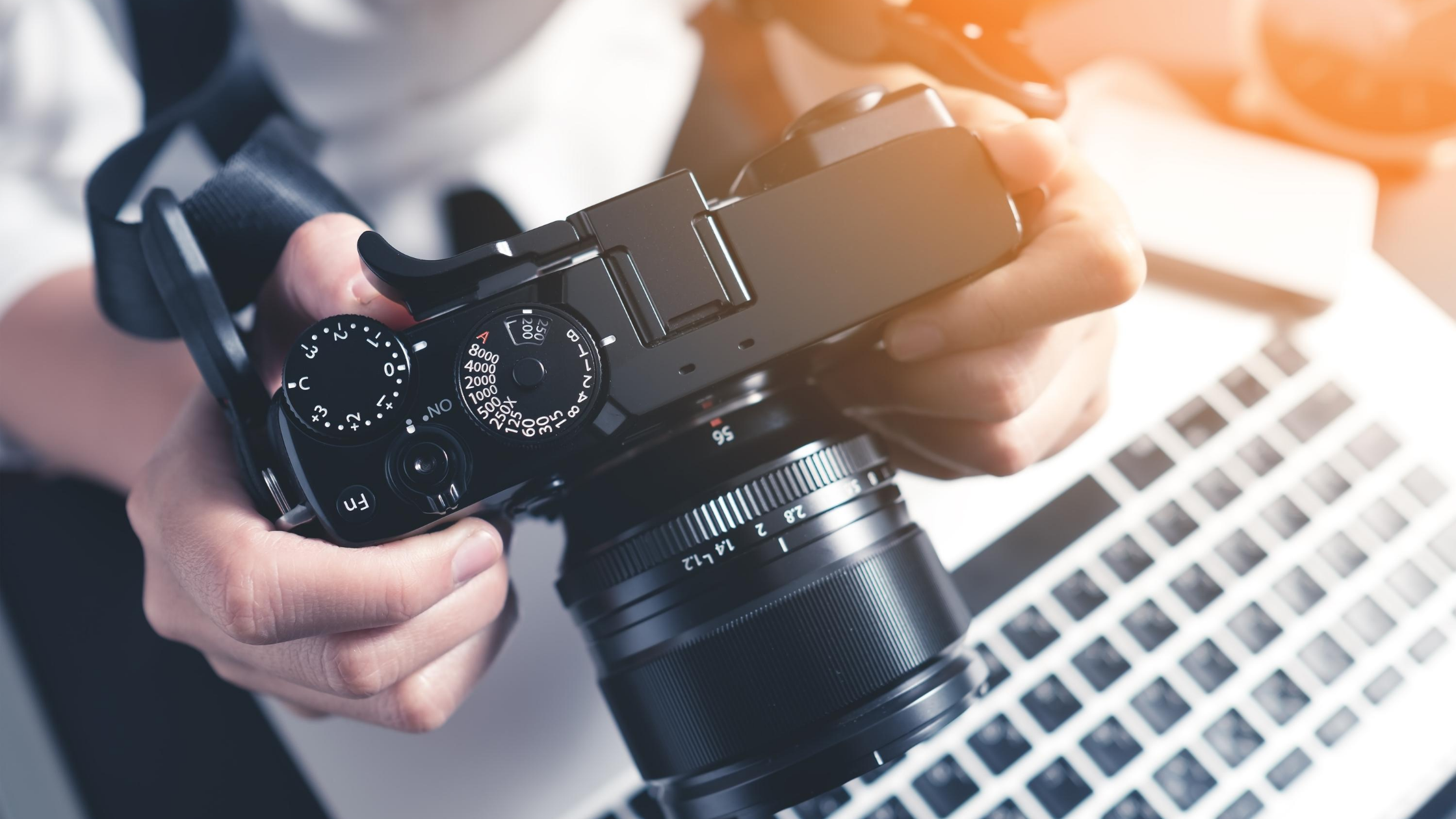The COVID-19 pandemic has caused problems for business owners of all sizes and in different sectors. One of the areas that have seen the most damaging effects is that of photography where members of this creative sector have seen their work largely taken away from them. As the full impact of COVID-19 was felt, the change in work practices began to become evident for workers in almost every industry. Jean Danhong Chen has been looking at the different ways the working sector has changed in the last few months with photographers some of those hardest hit by the arrival of the virus.
1. The New Normal
One of the major problems for those who are in the photography industry has been the loss of income due to the changes that have taken place in society. The new normal has taken effect with access to different buildings taking its toll on how photographers can go about their business. Jean D. Chen explains the new normal has meant most places of business have closed following the decision by governors of California and other states to issue orders requiring non-essential workers to stay home.
The new normal has been an issue for most members of the photography industry who have seen their work move forward with few bookings as communities struggle to survive. In most areas of the nation, one of the most important moments in the life of a family is the birth of an infant with the first photography sessions of life usually a major source of income for most photographers. Jean Danhong Chen explains that by limiting access to maternity hospitals to parents alone one of the most important sources of work for photographers being removed.
2. Working From Home
The ability to work from home is one of the most important for the majority of individuals who are hoping to survive the pandemic with little risk of COVID-19. Jean Danhong Chen explains the ability to work from home has allowed a great deal of flexibility for workers to enjoy from across the different industries. However, this is only a bonus for those who do not need to have face to face access to their customers to complete their work.
Photography sessions have changed immensely with the full effects of social distancing on the future of the industry. Photography sessions have been pushed to the back of the minds of many people who are not looking for any extra expenditure at a time of mass unemployment.
3. Avoiding Sealed Spaces
One of the most difficult aspects of working in the COVID-19 era has been the need to take part in social distancing procedures that can help halt the spread of the virus. The Los Angeles Times reports the movement of the virus has prompted many photographers and other creatives to explore the possibilities of working from their car or other vehicles.
As with the majority of aspects of life, COVID-19 has been changing the way life is lived and business is completed. As with the majority of businesses in the COVID-19 era, the photography industry has been struggling to meet the demands of the social distancing guidelines laid out at governmental levels.
4. Push Newborn Shoots Back Through the Schedule
The changes that have taken place in the use of newborn photography shoots have become a problem with limited access to hospital wards. However, Rangefinder explains the problem of bringing these shoots to fruition has been a problem with the best option being to reassures clients these shoots can be conducted at a later, safer date.
5. Weddings Will Still Go Ahead
The good news for wedding photographers is that many of these events are being allowed to take place, but with limited numbers. Jean D. Chen recommends that to make sure a record of the event is kept there should be space made for a photographer on the wedding guest list to record the event. If a wedding party is unhappy with the numbers, it is possible to discuss rescheduling the photoshoot for a time when all guests will be permitted to be in the same space.
The photography industry has been a tough one for those who take part to enjoy during the era of COVID-19, explains Jean D. Chen. If those who take part in this process are struggling to make ends meet during this period one option being explored is to allow the photos already taken to be used as stock photos during this era.
